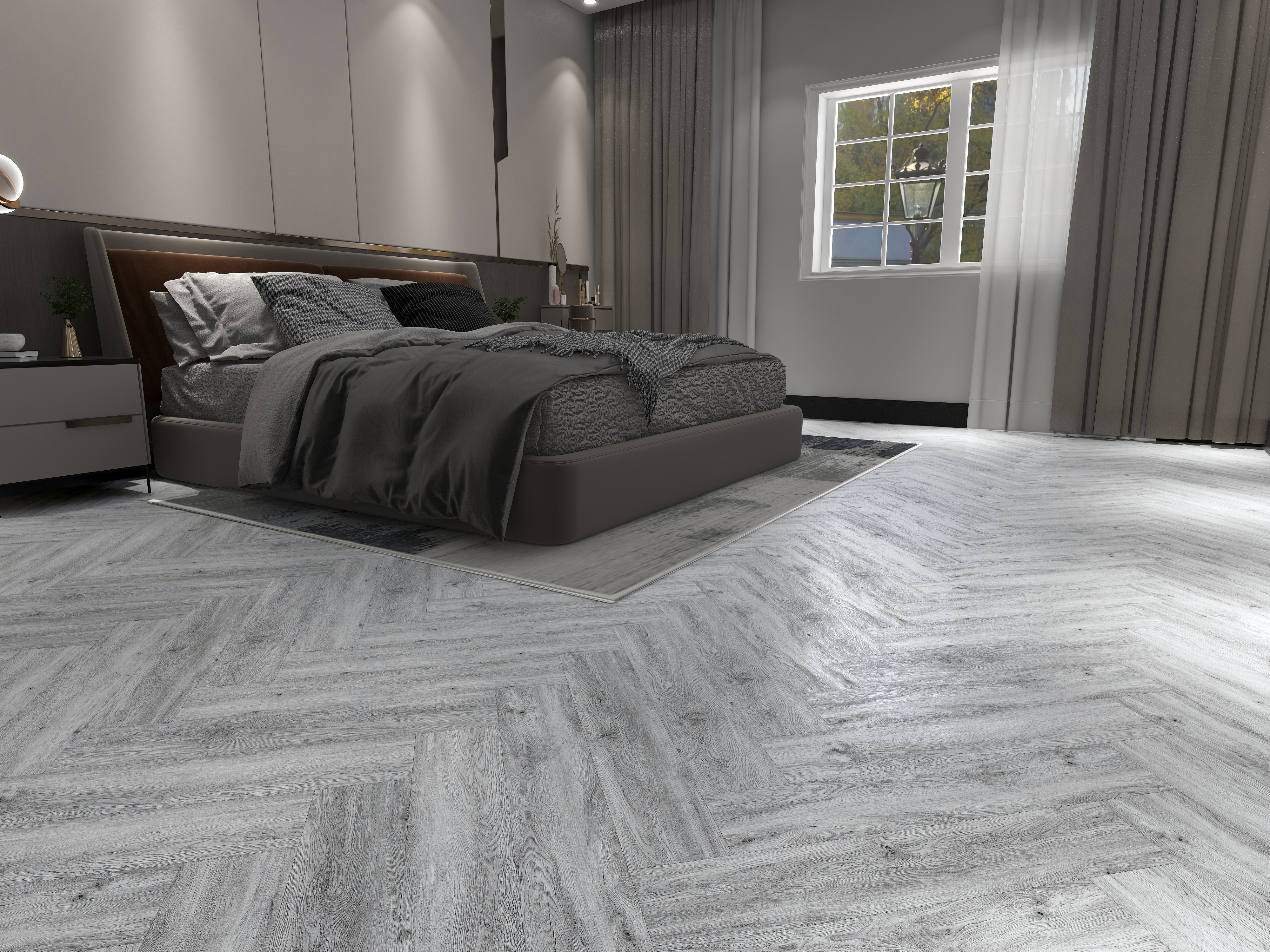Loose Lay LVT flooring is relatively easy to install, here are the general installation steps:
1.Floor Preparation: Make sure the floor is clean, level, and free of impurities such as oil or dust. If the floor is uneven, repair and sand it as necessary.
2.Measuring and planning: Measure and plan the direction and layout of the flooring according to the size and shape of the room. Make sure that the dimensions of the floor boards match the dimensions of the room.
Cutting the floor: Based on the measured dimensions, cut the flooring planks to the desired size using an appropriate tool (e.g., a cutter or floor saw). Take care to keep the planks straight and neat.
3.CLEANING THE FLOOR: Prior to installation, clean the back of the flooring planks to ensure that there is no dust or impurities to ensure that the flooring is bonded properly.
4.Laying the Floor: Starting from one side of the room, place the first flooring plank on the floor and make sure to maintain a clearance (usually 1/4") from the wall to allow for expansion and contraction of the flooring.
5.Splicing the floor: align the next flooring plank with the edge of the previous plank and press gently to ensure a tight fit between the joints of the planks. Continue to follow this procedure to lay the flooring throughout the room.
6.Corner and Obstacle Handling: When a corner or other obstacle is encountered, a tool can be used to cut the flooring planks to the desired shape, ensuring a tight fit with the corner or obstacle.
7.Perfecting the installation: After completing the flooring, use a rolling tool or a heavy object to gently roll the entire floor to ensure that the floor is fully bonded to the ground.
8.Install Edges and Transition Strips: Install edges and transition strips of the flooring as needed to provide better appearance and protection.

Please note that the above steps are for reference only and the exact installation steps may vary depending on different flooring brands and models. Prior to installation, it is recommended to carefully read and follow the installation guidelines and instructions provided by the flooring manufacturer. If necessary, you can also hire a professional flooring installer to perform the installation.































































